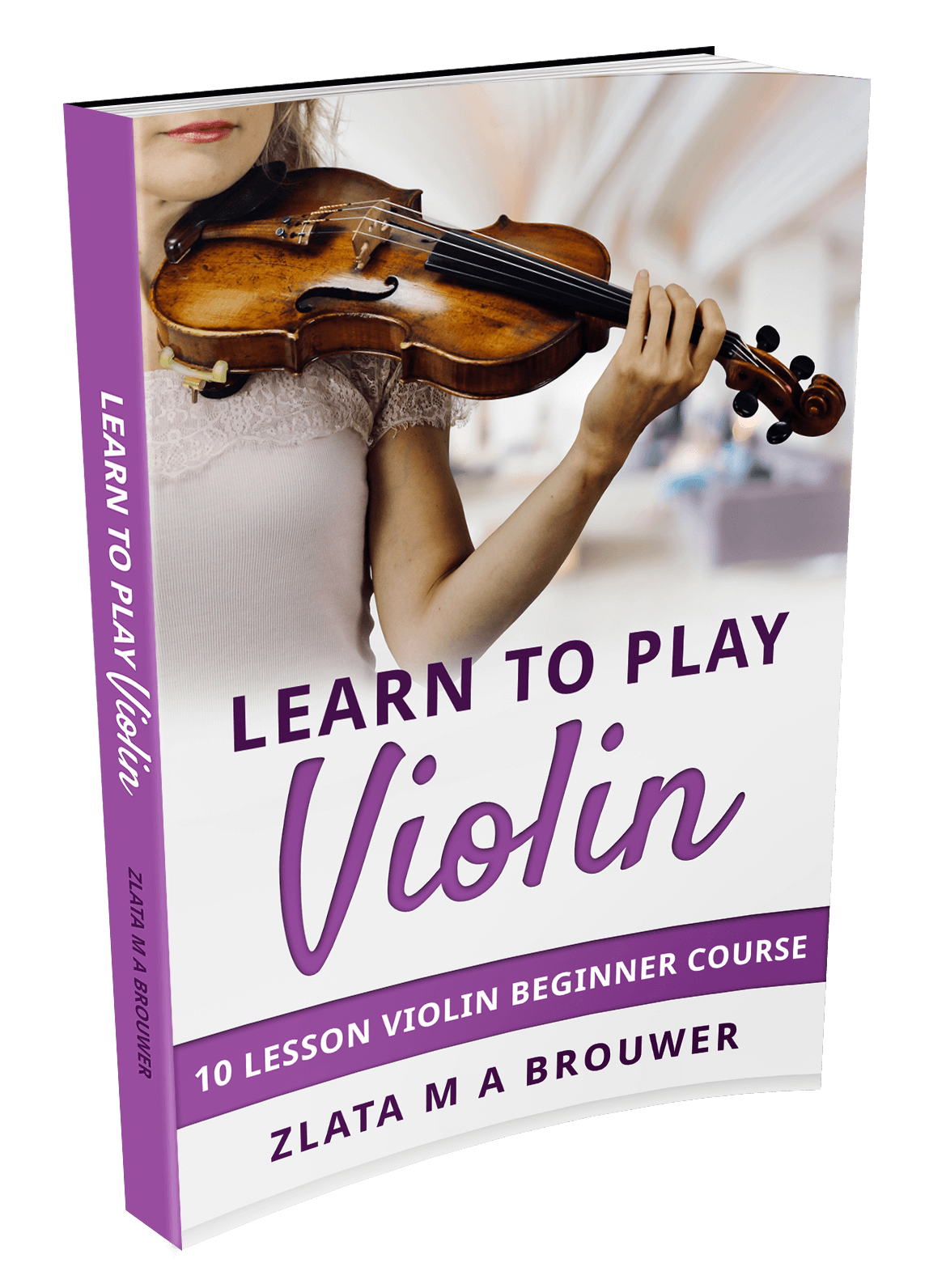What is a Scale and Why Should You Study Them?
You might have read a lot about scales…
What is a scale and why should you study them?
As a beginner violinist, surfing around internet, you probably found some information around scales. So did my regular viewer Peter and he asked: what are scales and why should I study them?
What is a scale?
To know what is a scale, you must first know what is an octave. An octave is two the same notes, so C and C an octave higher, so the same note only an octave higher or lower. I will show this: there is a connection between this G and this G. They melt together. If I play an E and G together it also sounds beautifully together but not just like an octave. They are actually kind of twin tones. When we play a scale, for example a scale of G, we go from G to G in little steps. These depend on if it is gypsy scale or a minor scale or major scale or Dorian scale. There are very much of different kinds of scale. For example the G major scale that you often learn when you start playing scales, has these distances: big-big-small-big-big-big-small and it sounds like this.
What does this scale thing do?
Most melodies are based on a scale. Google around you will see very different kind of scales, so you are not limited to just a couple of scales for a piece to be in or a melody to be in. When you see a piece certainly classical pieces, most of the time you see that it is in G major. So the melody uses the tones of the G major scale.
What is the use of practicing scales?
Because it is not really a nice melody, you would probably prefer to play a nice song.
- As I said, scales are the basics of music. So with a scale you get a sense of what we call tonality: the comprehension of music.
- The second reason is that it is good for your intonation, you learn to intonate. With a scale you can easier hear if you are out of tune then with a song you don’t know yet.
I hope I have kind of explained just this little bit, there is so much to say about it, but I hope this video will provide you with some clarity.
Is this video useful to you? Please let me know in the comments!
Love,
Zlata
PS: Do you want to see YOUR question answered in a Violin Lounge TV episode? Post a comment below!
Join my FREE beginner violin course
I take you from scratch step by step to your first violin concerto including 40 videos, sheet music and violin tabs.


0 Comments